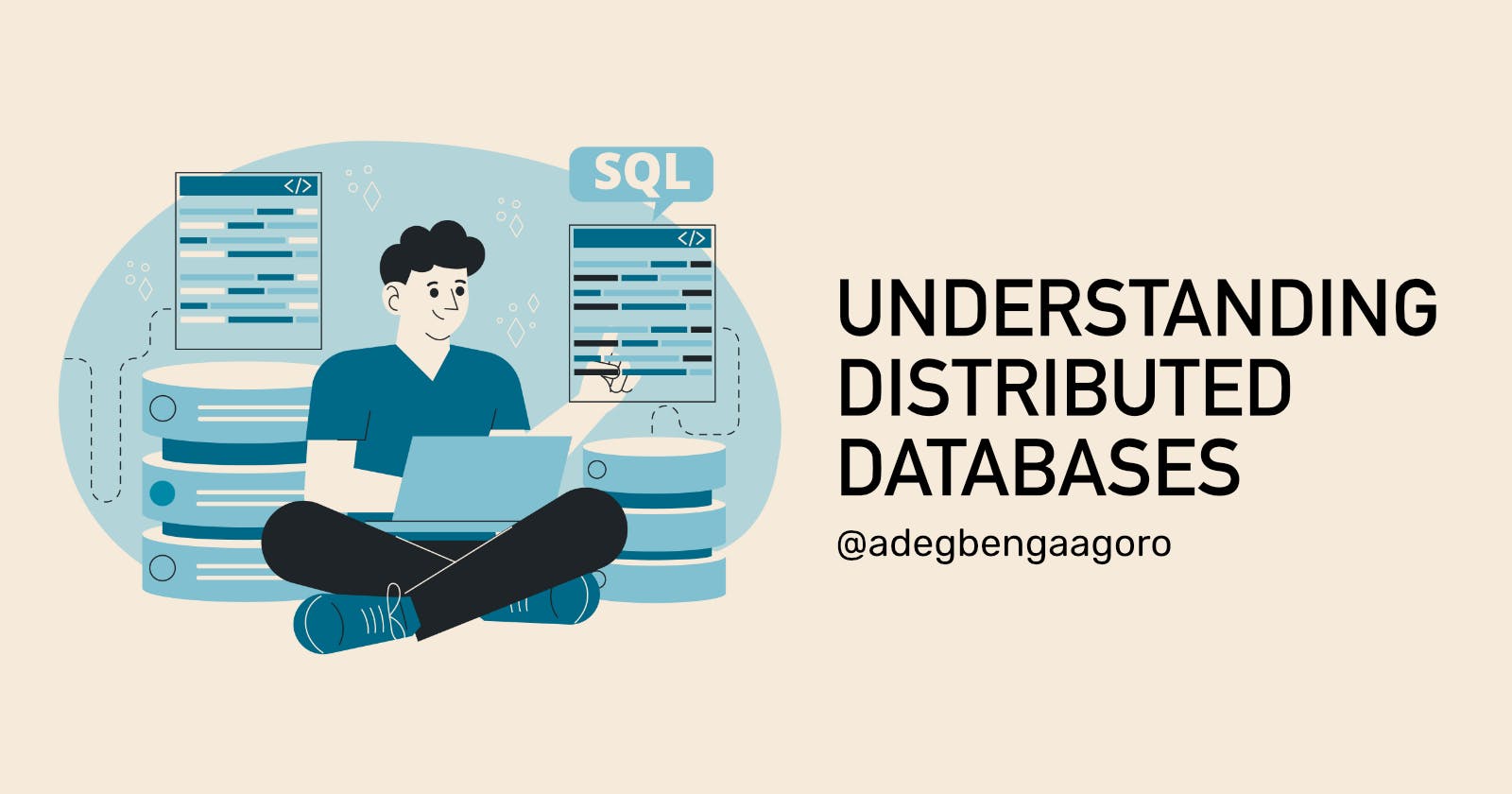Understanding Distributed Databases
Distributed Databases provide your applications with an increased advantage
What is a Database
A database can be considered an organized collection of data, typically stored and accessed electronically from a computer system or server. Databases are used to store and manage large amounts of structured data, such as financial records, customer information, inventory records, and more.
Databases are designed to be efficient and reliable and to support a wide range of operations for managing and querying data. They typically use structured query language (SQL) for creating, querying, updating, and deleting data, and may provide additional tools and features for managing and accessing the data.
The term “database” can refer to the data itself, as well as the software and systems used for managing and accessing the data. There are many different types of databases, including relational databases, object-oriented databases, and NoSQL databases.
Overall, while databases can be powerful tools for managing and storing data, they are not without their limitations, and users should be aware of these limitations when working with databases.
The limitations listed below facilitate the need to utilize database Distribution as a strategy for data management:
1. Limited scalability: Traditional databases may struggle to handle very large volumes of data or a large number of concurrent users.
2. Performance issues: As the volume of data in a database increase, performance may start to degrade, leading to slower query times and other issues.
What is a Distributed Database
A distributed database is a database that is spread across multiple physical locations and can be accessed and updated by multiple users concurrently. In a distributed database, data is typically stored across multiple servers, and each server may have a different role or function in the overall database system.
So, why should we use distributed databases?
There are several reasons why a database might be distributed, including:
1. To support a large volume of data that cannot be stored on a single server. Distributed databases allow data to be stored across multiple servers, allowing for greater scalability and capacity.
2. To improve performance and speed. By distributing the data across multiple servers, a distributed database can handle more concurrent requests and queries and can provide faster access to the data.
3. To provide high availability and fault tolerance. If one server in a distributed database goes offline, the other servers can continue to operate and serve the data, ensuring that the database remains available and accessible.
4. To support multiple users and locations. Distributed databases can be accessed and updated by multiple users concurrently, regardless of their location. This can be useful for applications with a large number of users, or organizations with multiple offices or locations.
Overall, a distributed database can provide many benefits over a traditional, single-server database, including greater scalability, performance, and reliability.
Here are some key points to consider when working with distributed databases:
1. Identify the needs of your application and choose the right distributed database architecture to support those needs. Different types of distributed databases include peer-to-peer, client-server, and master-slave architectures.
2. Ensure that your distributed database is highly available and fault-tolerant. This means that it should be able to continue functioning even if one or more of the servers in the system goes offline.
3. Use techniques such as sharding and replication to distribute the data across multiple servers and improve performance. Sharding involves dividing the data into smaller chunks and storing each chunk on a different server, while replication involves creating multiple copies of the data and storing them on different servers.
4. Use appropriate security measures to protect the data in your distributed database. This may include encryption, authentication, and access control mechanisms.
5. Monitor and manage your distributed database to ensure that it is performing optimally. This may involve monitoring performance metrics, detecting and addressing issues such as bottlenecks or failed servers, and performing regular maintenance tasks such as backups and updates.
Overall, the key to working with distributed databases is to carefully plan and design your system to meet the specific needs of your application and to monitor and manage it effectively to ensure optimal performance and reliability.

